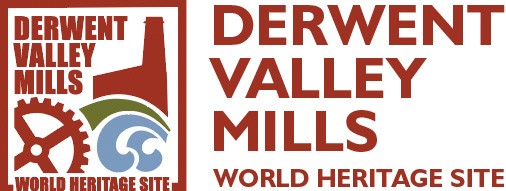PROTHEGO

PROTHEGO (The PROTection of European Cultural HEritage from GeOhazards) project: application of innovative EO techniques for geohazards assessment in the Derwent Valley Mills WHS.
The challenge
Tangible cultural heritage includes various categories of monuments and sites, from individual architecture to cultural landscapes, and from archaeological complexes to historic centres. Many of these sites are affected and weathered by several factors, with rapid or slow onset. They include natural hazards, such as landslides, settlement, subsidence, earthquakes or extreme meteorological events, which could be worsened by climate change and/or human interaction. A comprehensive picture of cultural sites affected by geohazards is not yet available. In order to provide an overview of remote sensing capabilities for monitoring these threats, the PROTHEGO project focuses on properties inscribed on the UNESCO World Heritage List (WHL) in Europe. These properties will serve has a reference case for all EU heritage properties
The space based solution
PROTHEGO applies novel space technologies based on radar interferometry (InSAR) to monitor monuments and sites in Europe which are potentially unstable due to geohazards. Remotely-sensed information on ground stability conditions are combined with available geo-hazard datasets in order to identify the most endangered sites across Europe. An analysis of remotely sensed data in conjunction with local scale geological analysis, advanced modelling and field surveying were implemented for each test site in order to assess the causes and extent of the observed motions and to provide enhanced understanding of geological processes affecting heritage properties. At least one site site for each partner’s country (ie Italy, United Kingdom, Cyprus and Spain) has been chosen to validated and calibrate the methodology.
Derwent Valley Mill Story
The Derwent Valley Mills World Heritage Site (DVMWHS), managed by the Derwent Valley Mills Partnership, is one of the PROTHEGO case study sites selected for local scale monitoring, investigation and advanced modelling.
The Derwent Valley, with its associated mill complexes, industrial housing and infrastructure, was inscribed on the UNESCO World Heritage List in 2001 in recognition of its importance as the birthplace of the modern factory system.
In order to monitor the current state of activity of the identified geo-hazards, Sentinel-1 space-borne imagery acquired between 2015 and 2017 was processed using the InSAR technique. The project identified fluvial and groundwater flooding and landslides as key threats to the Valley’s cultural heritage resource, for example, at Belper, where radar data identified damage possibly connected to a recent flooding event.
Benefits to Citizens
PROTHEGO’s goal is to enhance cultural heritage management practices at the national level, reinforcing institutional support and governance through knowledge and innovation. The project identifies, assesses and monitors risks with the aim of strengthening disaster preparedness for heritage properties in the future. The project promoted interdisciplinary and collaborative R&D activities, transferring the highest level of knowledge, quality and standards from space and earth sciences to cultural heritage conservation sciences.
Outlook to the future
A general agreement around the use of satellite services for monitoring geo-hazards affecting cultural heritage needs to be implemented in order to define best practice guidelines and standard methodologies for adoption by practitioners in this field.
A multi-disciplinary approach among Earth science disciplines, data providers, data processers and cultural heritage protection domain is required to really make a positive difference.
There is a need for developing simple and dedicated tools or downstream services that enable practitioners to make better use of available data by providing information on geohazards’s state of activity and potential impact to the cultural heritage.
Acknowledgements
Author’s are grateful to all associated partners of the PROTHEGO Project and to the JPI-CH programme and to all the involved stakeholders and case studies site managers.
E Bee, A Harrison, A Novellino, G Crosta, P Frattini, J A Fernandez-Merodo, R M Mateos, D Knight, G Leoni, C Margottini, D Spizzichinio, K Themistocleous
- British Geological Survey, UK
- University of Milano-Bicocca, Italy
- Geological and Mining Institute of Spain
- Derwent Valley Mills Partnership, UK
- Institute for Environmental Protection and Research, Italy
- Cyprus University of Technology
Additional information on the activities that were developed during the project can be found on the dedicated website: www.prothego.eu.

